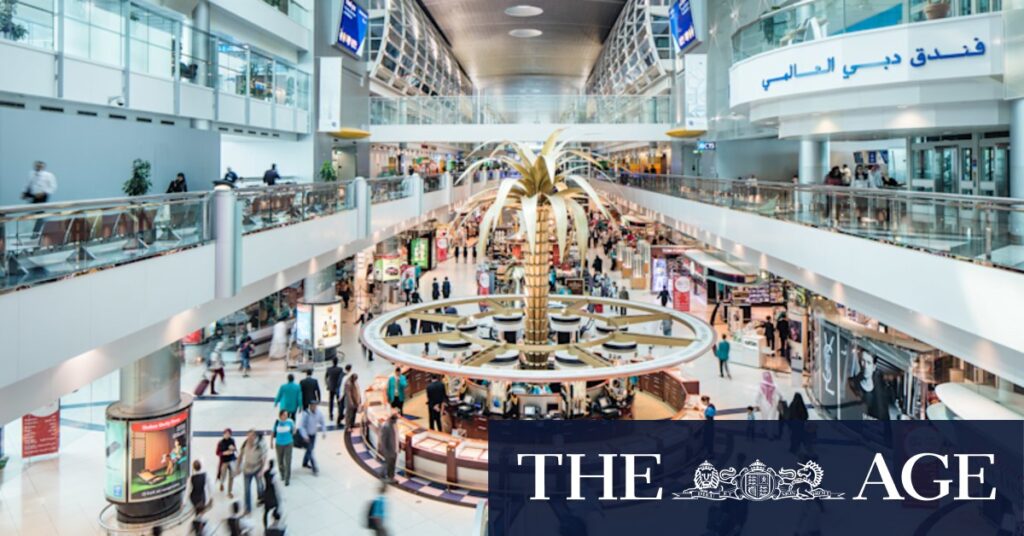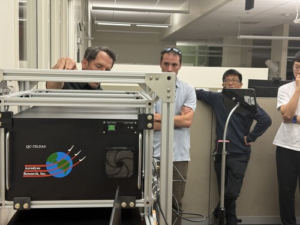
In the world of air travel, the quality of an airport can significantly impact the passenger experience. While some airports are celebrated for their design and amenities, others fall short, leaving travelers frustrated. Dubai International Airport (DXB) and Los Angeles International Airport (LAX) are among those that have garnered criticism despite their global prominence.
Dubai, a city known for its opulence and architectural marvels, surprisingly struggles with its main airport. Ranked 11th on Skytrax’s list of the world’s best airports, DXB is often described as overcrowded and lacking in essential facilities. Meanwhile, LAX, the gateway to Hollywood, is frequently labeled as outdated and chaotic.
Dubai’s Airport Paradox
Dubai is a city that prides itself on having the best of everything, from the tallest building to luxurious man-made islands. Yet, its main airport, DXB, doesn’t live up to these high standards. Despite being a hub for one of the world’s best airlines, Emirates, the airport is often criticized for its cramped design and lack of amenities.
Travelers frequently report feelings of overcrowding, with long waits for seating at cafes and restaurants. Unlike Singapore Changi or Doha’s Hamad International, DXB lacks beautification elements such as gardens or art installations. The terminal layout, with its narrow central lanes, exacerbates the congestion, making it difficult for passengers to navigate.
Dubai Airports is planning a $54 billion expansion of Al-Maktoum International to replace DXB by 2035, acknowledging the current airport’s shortcomings.
American Airports: A Missed Opportunity
The United States, as a global leader, surprisingly lags in airport quality. LAX, in particular, is notorious for its disrepair and inefficiency. Despite being a major international hub, it offers little in terms of passenger comfort and convenience. The terminals are often described as cramped and outdated, with minimal facilities to accommodate the high volume of travelers.
Other major U.S. airports like JFK, Newark, and LaGuardia also face criticism. Although Houston’s airport ranks highest in the U.S. on the Skytrax list, it still only places at number 27, highlighting the country’s overall airport infrastructure challenges.
European Airports: Efficiency vs. Experience
Germany, known for its efficiency, surprisingly struggles with airport quality. Frankfurt International Airport, despite excellent global connections, is often criticized for its confusing layout and long queues. The relatively new Berlin Brandenburg Airport has also faced negative reviews, ranking 58th on the Skytrax list.
In the UK, London’s airports are infamous for their lack of facilities and accessibility challenges. Passengers often face long travel times to reach airports located far from the city center, adding to the overall inconvenience.
Australia’s Airport Challenges
Even Australia, with its modern cities, faces airport issues. Sydney Airport, despite being a major entry point for international visitors, ranks only 54th on the Skytrax list. Travelers often report difficulties with the eGate system and long customs queues, detracting from the overall experience.
Sydney’s ranking just behind Shanghai Hongqiao and LAX highlights the global nature of airport challenges.
The Path Forward
As air travel continues to grow, the need for efficient, comfortable, and well-equipped airports becomes increasingly important. Investments like Dubai’s planned expansion of Al-Maktoum International reflect a recognition of these needs. However, other regions, particularly the United States and parts of Europe, must also address their airport infrastructure to meet modern demands.
Improving airport facilities not only enhances the travel experience but also supports tourism and economic growth. As cities and countries compete on the global stage, the quality of their airports will play a crucial role in shaping their international reputation.







